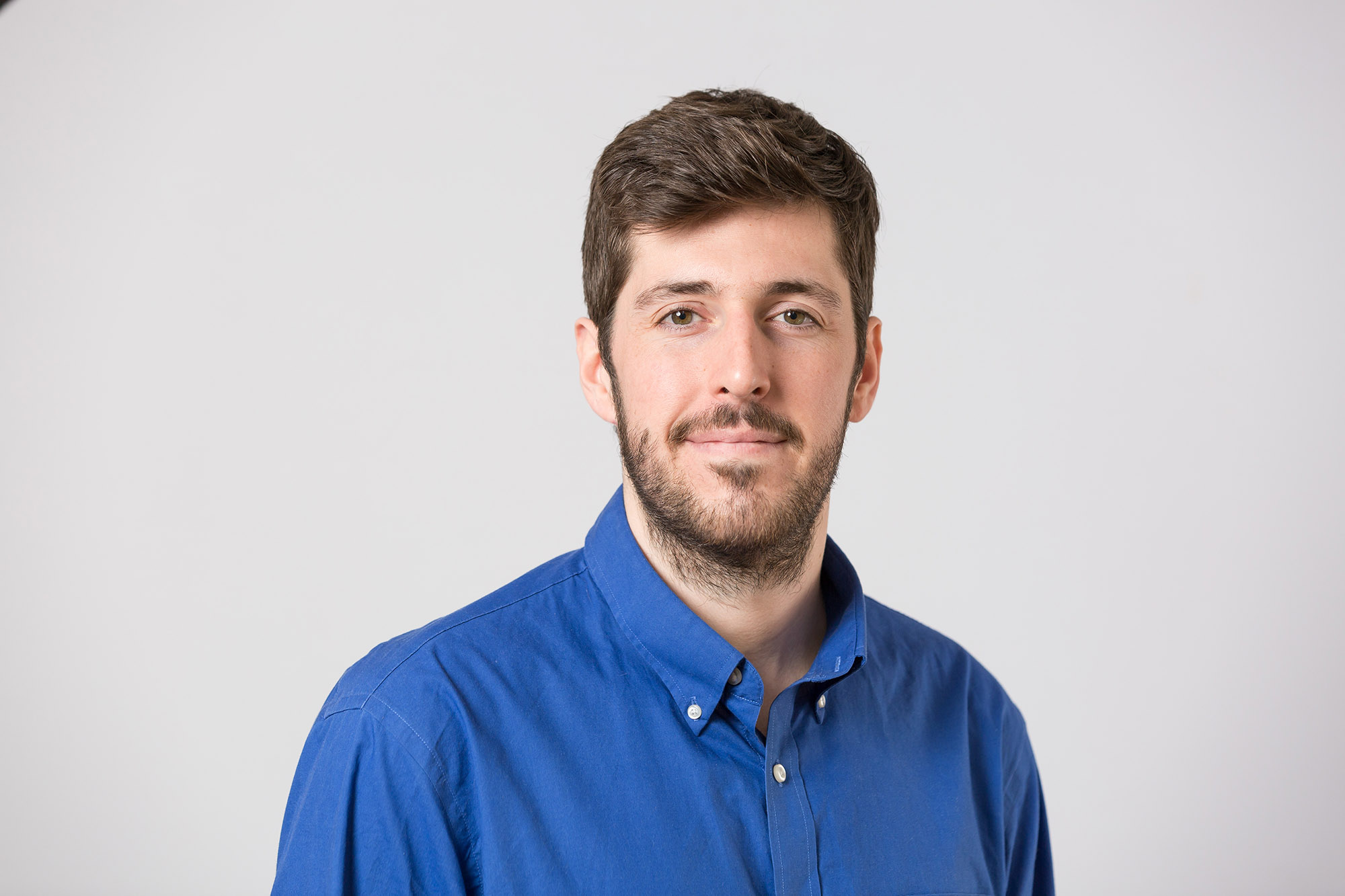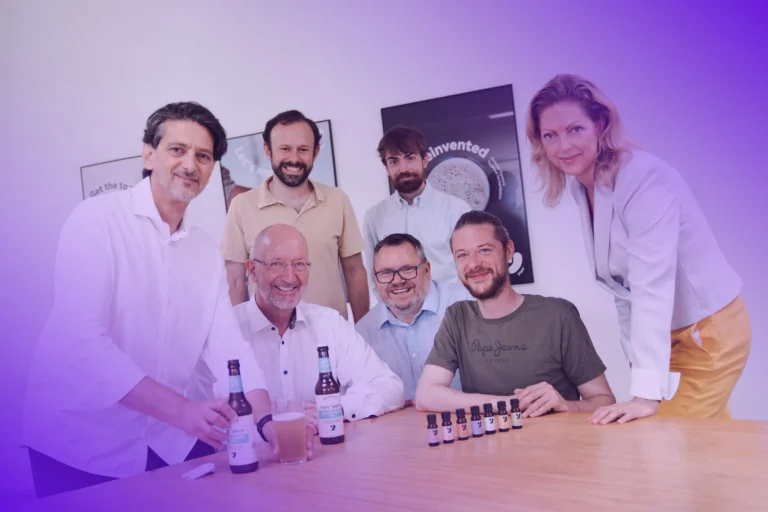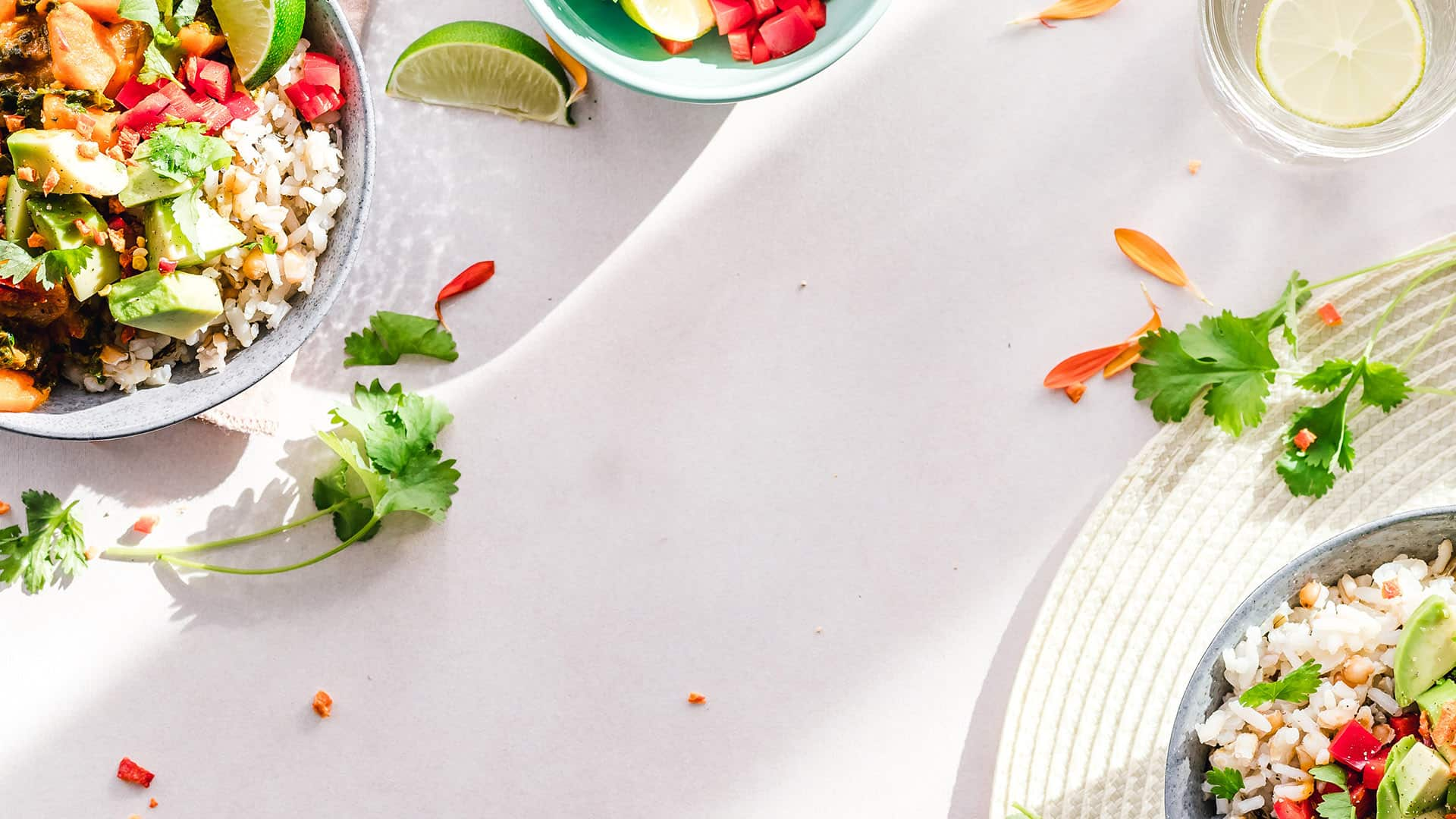
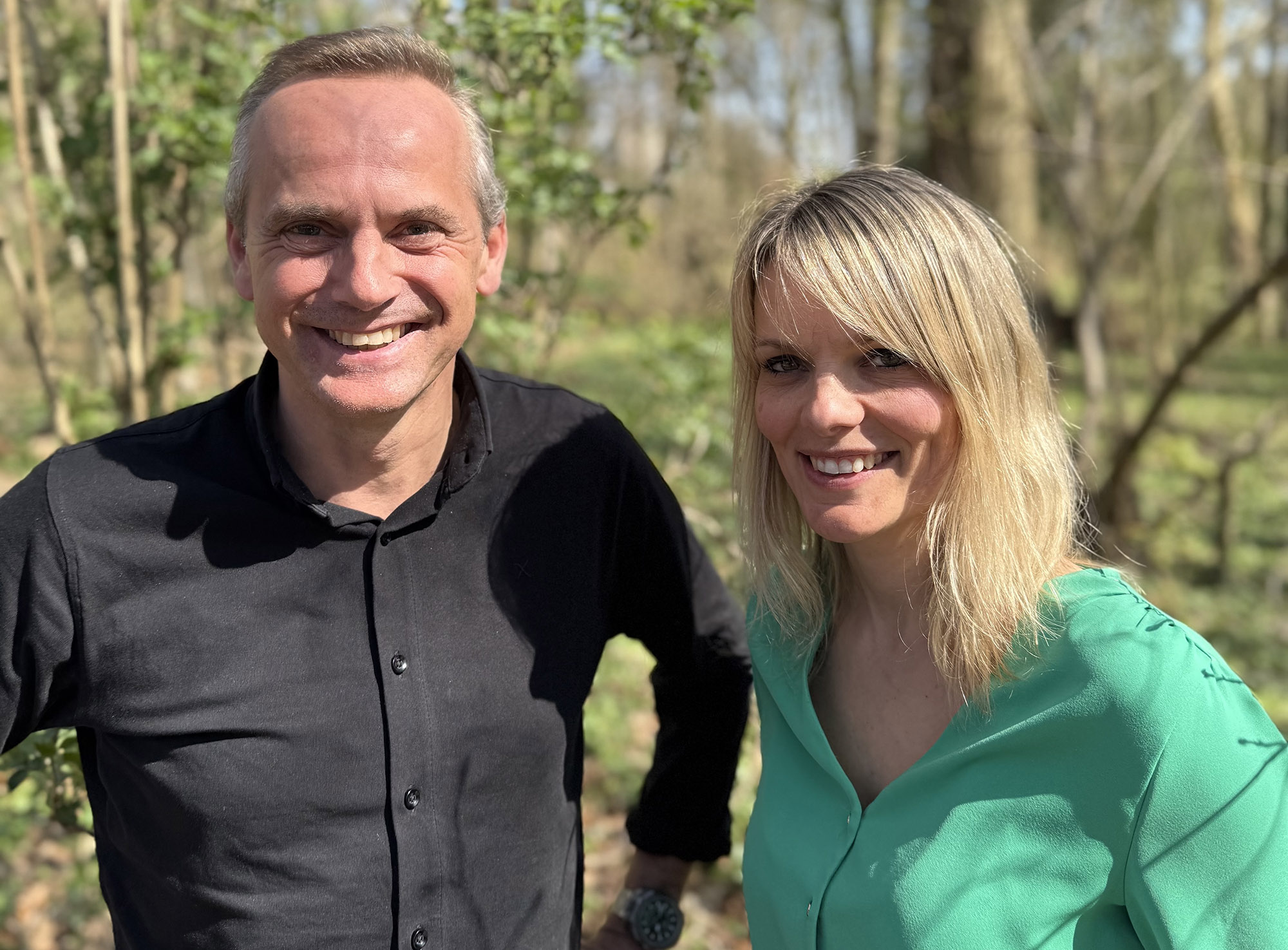
FPP Amsterdam 2025 Speaker Exclusive: No fillets, no frills – why Fishway is betting big on cultivated minced fish
Belgium’s Fishway is part of a new wave of cultivated seafood companies focused on lean operations, simple products, and clear communication. CEO Annelies Bogaerts shares why that approach is built for scale
“We feed our cells, they grow, and we harvest them – just like with real fish.”
It’s a sentence that could double as Fishway’s entire communications strategy, and that’s precisely the point. For Annelies Bogaerts, CEO of the Belgium-based cultivated seafood startup, clarity isn’t a nice-to-have – it’s the foundation of everything the company is trying to build.
Set to speak at The Future of Protein Production Amsterdam 2025 on 29-30 October, Bogaerts is part of a new wave of cultivated protein leaders who’ve taken note of the first generation’s missteps. The focus now? Leaner operations, simpler product formats, faster routes to market – and far less hype around whole-cut fillets.
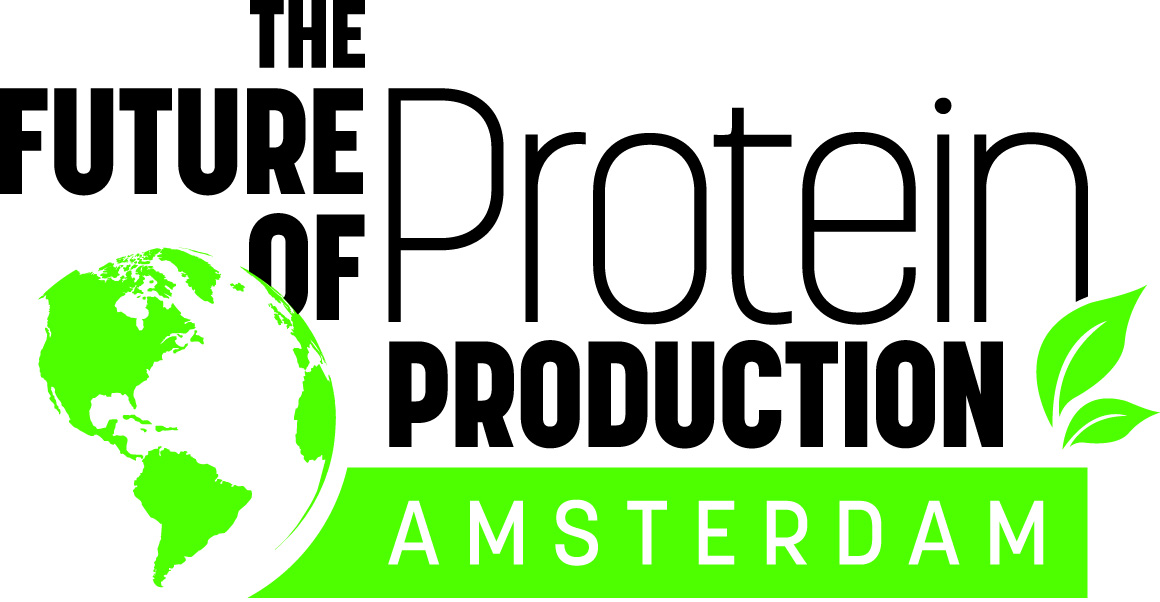
A biologist’s turn to the blue economy
With a PhD in Biology from KU Leuven, Bogaerts spent more than a decade developing cell therapies for human and animal health. That deep scientific grounding – and an unusually stable team dynamic – has carried over into her work at Fishway. “We’ve been working together for so long now that although we’re all very different personalities, it just clicks,” she says. “We function like a well-oiled machine.”
When their former employer shut down its operations, the team saw an opportunity to pivot – eventually connecting with one of the Fishway founders, Sam Van de Velde (left in the main picture), and his vision for cultivated seafood. “Although fish was new for us, our background in cell biology meant we could move quickly and establish stable fish cell lines,” says Bogaerts.
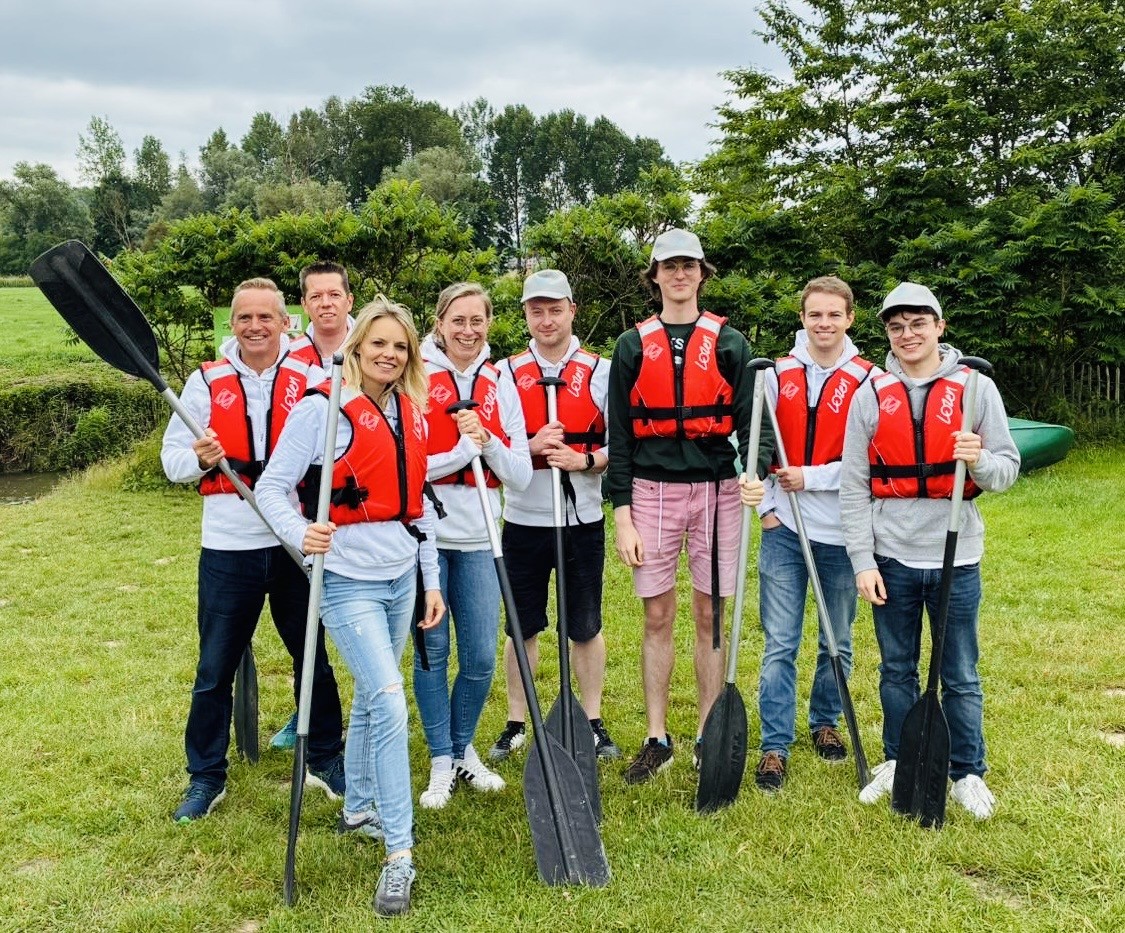
A looming shortfall
The need for innovation in seafood is growing as fast as the world population. By 2050, demand for fish is projected to hit 248 million tons. Supply? Just 181 million tons. “That’s a 67 million ton gap,” says Bogaerts. “And wild-caught fish has essentially plateaued – over 85% of fisheries are already at or beyond capacity.”
Aquaculture, while growing, isn’t scaling fast enough to close the gap. “That’s exactly where cultivated fish can play a role – not to replace existing systems, but to complement them sustainably.”
Fishway’s philosophy is pragmatic, not purist. “We’re not here to fully displace wild catch or aquaculture. But the current model is broken. If we keep fishing the way we do, there won’t be fish left to catch.”
No fillet? No problem
Rather than aim for high-end fillets or structured cuts – products that have consumed much of the cultivated meat industry's R&D budget – Fishway is targeting a humbler segment: minced and mixed seafood, which already accounts for about 60% of fish consumption globally.
“There’s definitely a misconception in the space,” Bogaerts says. “Everyone’s chasing the perfect fillet. But consumers already love fish sticks, patties, dumplings, spreads. These don’t require complex textures, but they still demand real taste and nutrition.”
That focus on biomass brings several advantages: lower production complexity, faster timelines, and reduced cost. “We chose simplicity – in the production process, the product itself, and in how we explain it. That lets us go to market faster and more affordably.”
And the applications are diverse. While Fishway’s core focus is food, they’re also exploring other sectors, including infant nutrition and even pet food. “The infant space is particularly interesting,” says Bogaerts. “It’s getting harder to source fish that meet safety standards for babies. Our cultivated product, grown in clean, controlled conditions, could be a game-changer.”
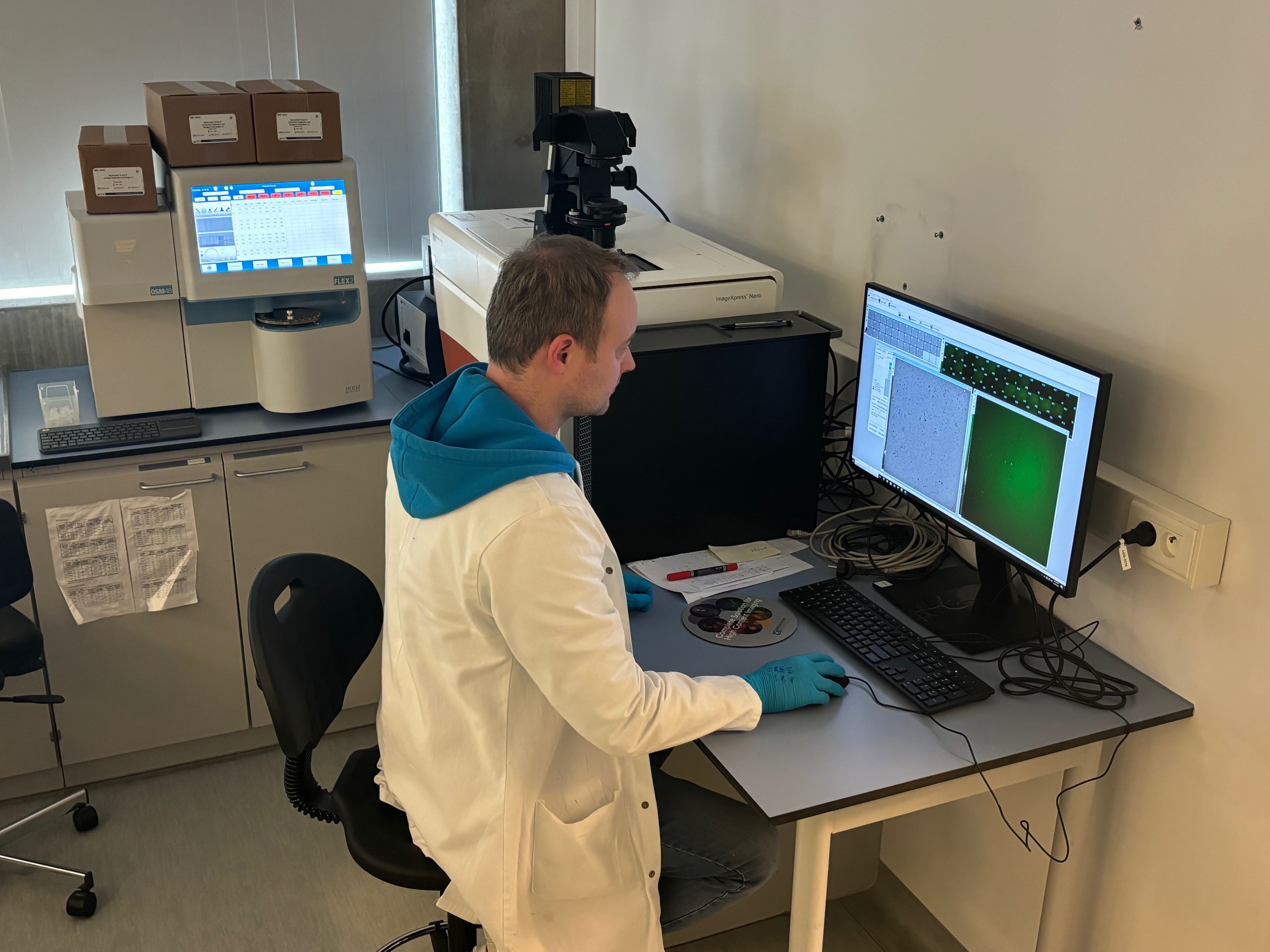
Clean fish, clear communication
Fishway is relentlessly focused on transparency – not just with consumers, but with regulators, investors, and policymakers.
“One of the biggest misconceptions we face is that cultivated seafood is somehow artificial or synthetic,” Bogaerts explains. “But it’s real fish. We just grow it differently – without the heavy metals, microplastics, or antibiotics.”
That simplicity also guides how Fishway communicates. “People assume it’s complicated. But it’s not. We feed our cells. They grow. We harvest them.”
That clarity was central when Fishway hosted Members of the European Parliament at their facility. “Most had never seen how cultivated seafood works. Some didn’t even really understand what it was. But once they saw it up close, you could see the mindset shift.”
With regulation often cited as a bottleneck for novel foods in Europe, early engagement is critical. “If policymakers don’t understand the science, they’re not going to write supportive legislation,” says Bogaerts. “We can’t wait until products are ready. We have to build understanding now.”
Lean by design
Fishway’s go-to-market strategy is shaped by the realities of 2025 – not the optimism of 2015. “The world looks very different today,” Bogaerts notes. “So, we’ve chosen to stay lean and partner wherever it makes sense.”
Rather than build everything in-house, Fishway focuses on its core expertise – developing high-quality fish cell biomass – and collaborates with trusted partners for other parts of the value chain. That includes an official partnership on media development with UK-based Multus, while looking to examples like Extracellular, Cultivate at Scale, and The Cultured Hub as models of the kinds of specialist support services that are helping move the cultivated meat and seafood sector forward.
“Our collaboration with Multus is a great example,” Bogaerts says. “Together, we’re building a plug-and-play platform: validated fish cell lines paired with optimized, scalable growth media. It’s not just for us – it can accelerate the whole sector.”
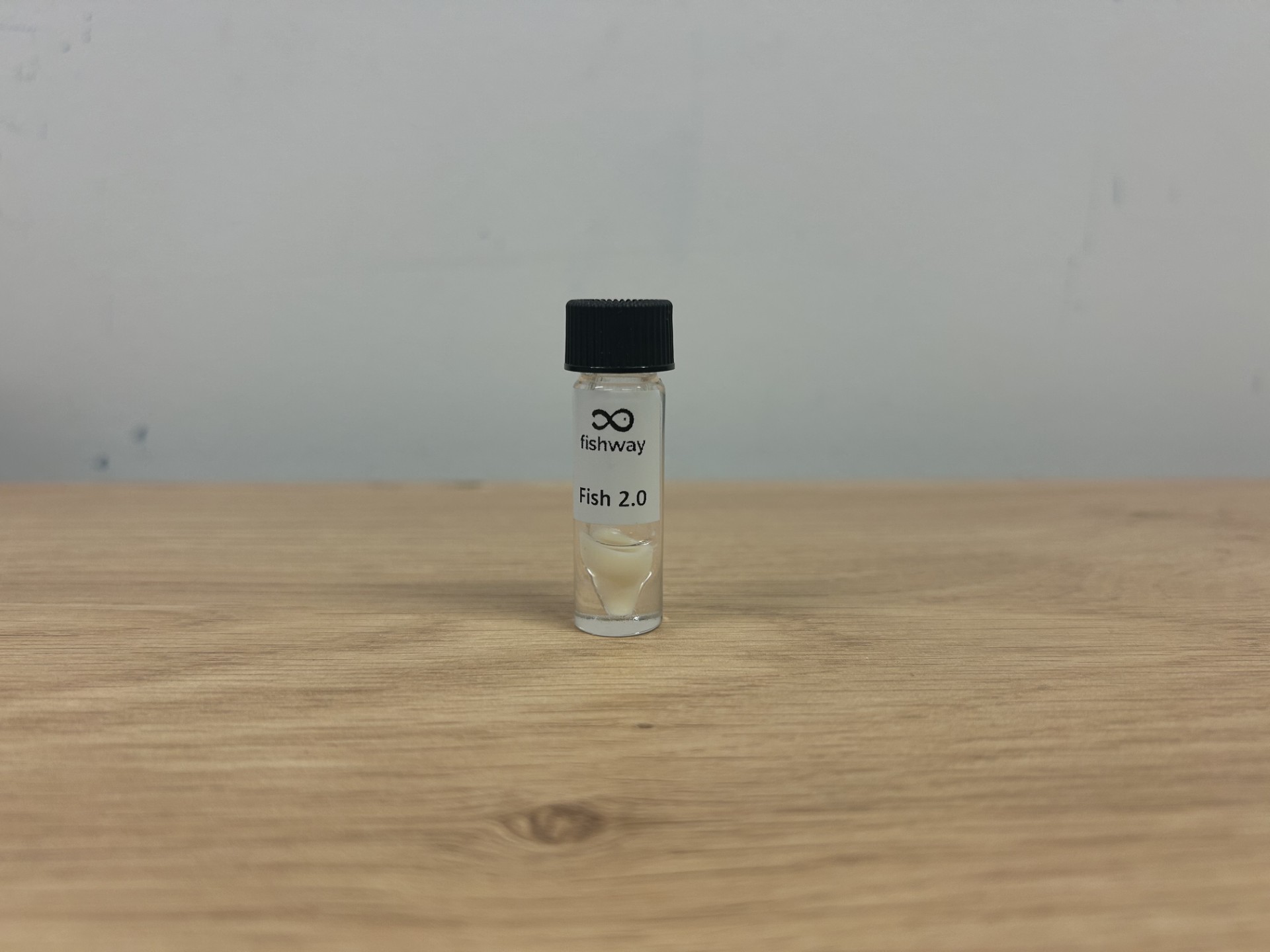
Building the ecosystem
That sector-wide thinking is baked into Fishway’s DNA. Founder Sam (Van de Velde) serves as Vice President of Cellular Agriculture Europe, a role Bogaerts sees as essential. “You can’t just build a great product. You have to help build the entire ecosystem around it – regulatory frameworks, public understanding, investor confidence.”
Fishway’s goal goes beyond launching a single product – it’s about making cultivated fish a commodity. “We want consumers to trust and choose it not because it’s novel, but because it’s normal,” says Bogaerts. “Accessible. Sustainable. Something they can feel good about.”
As for what’s next, Fishway is currently raising funds to complete its R&D phase, with scaling to commercial volumes planned for early 2027. “We have exciting collaborations in motion that allow us to move quickly and stay focused,” says Bogaerts. “And we’re more committed than ever to making cultivated seafood a trusted part of the global food system.”
So, what does Bogaerts want skeptics to take away? “That cultivated seafood is real, practical, and happening now,” she says. “It’s a way to enjoy seafood without guilt – without harming our oceans, our health, or our future.” Or, to put it more simply: feed, grow, harvest. Just like fish. Just smarter.
Annelies Bogaerts is one of more than 100 speakers taking to the stage at The Future of Protein Production Amsterdam on 29/30 October 2025. To join her and more than 1,000 other attendees, book your conference ticket today and use the code, 'PPTI10', for an extra 10% discount on the current rate. Click here
If you have any questions or would like to get in touch with us, please email info@futureofproteinproduction.com


-p-800.jpg)

